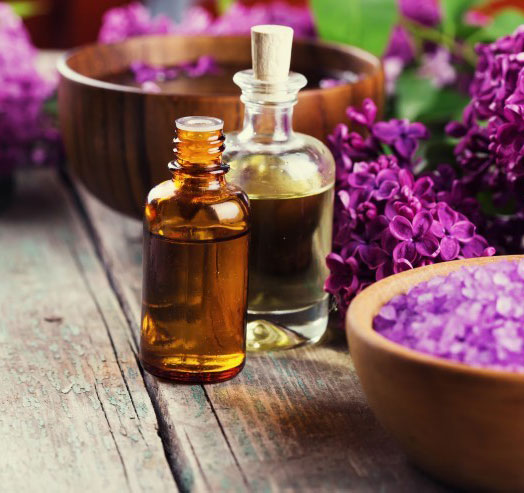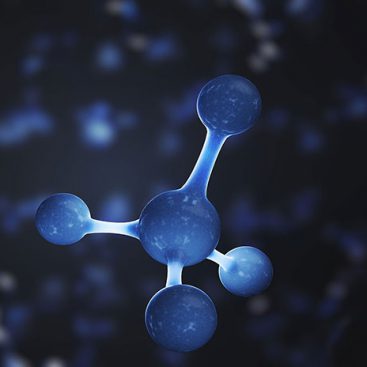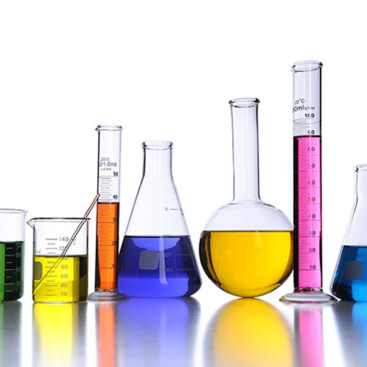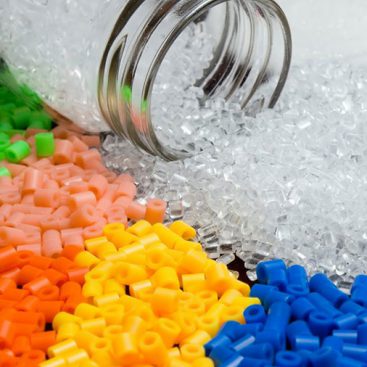Petrochemical Product
Aromatic Products
Chemical companies are the leading manufacturers and suppliers of the group of petrochemicals called "Aromatic". If you are interested in chemistry, you know that hydrocarbons are an integral part of human life, and aromatic compounds are no exception.

Aromatic Materials
The wide applications of these materials in human life have made their knowledge highly attractive. Aromatics include benzene, toluene, and xylene. These colorless liquids with a distinct odor are important chemical precursors or “building blocks” that can be converted into many intermediates and polymers needed to produce various everyday products.
Aromatics provide some of the basic building blocks of the modern petrochemical industry. The products include clothing, packaging, paints, glue, computers, CDs and DVDs, whiteboards, and tennis rackets, which rely on aromatics.
Stay with us in the rest of this article to get familiar with the types of these compounds, their characteristics, and combinations.
Aromatic Composition
The word aromatic literally means any substance with a strong smell; in other words, aromatic means fragrant. Aromatic compounds are called cyclic hydrocarbon chemical compounds. They have 6-atom rings in their composition. Aromatic compounds, especially toluene, xylene, and benzene, are used initially as the main feedstock to produce many petrochemical intermediates. These three compounds are named BTX for short.
Below are some of the most commonly used aromatics:
Benzene
Benzene is extracted from two primary sources:
Pyrolysis gasoline (pygas) is a co-product of ethylene production. Reformate, a refinery stream from the catalytic reforming process used in gasoline production. Benzene can also be obtained from toluene. Benzene is widely used in many industrial sectors. Where it is combined and processed with other basic chemicals (such as ethylene or propylene) to produce a myriad of consumer goods:
- Dress,
- packing,
- Colors,
- adhesives,
- plywood,
- computer covers,
- compact discs,
- Colors,
- agricultural chemicals,
- medicinal, and many others.
The most significant output derivative for benzene is ethylbenzene — an intermediate used in the production of styrene, which is further converted into materials such as polystyrene. Benzene is also widely used to produce cumene. This, in turn, leads to phenol, a component of phenolic resins and adhesives. Cyclohexane, a precursor of caprolactam and adipic acid, is used in nylon.
Aniline is a material required for producing methylene diphenyl diisocyanate (MDI), which is used in urethanes and other specialty applications.
Toluene
Toluene is extracted from gasoline production streams. Therefore, it is produced in large quantities to one of three degrees of purity: TDI, nitration, and commercial.
TDI grade toluene is used to make isocyanates. Which are combined with polyols to make polyurethanes. In turn, polyurethanes are used in a wide range of consumer goods such as:
- foam for furniture and bedding,
- floor covering and furniture,
- artificial sports tracks,
- Ski clothes
- Waterproof leisure clothes.
Nitration-grade toluene is used as a solvent as well as in the production of phenol, especially in Europe. Both nitration and commercial grades feed in the hydrodealkylation process, which converts toluene to benzene.
Xylene
Xylene, para-xylene, ortho-xylene, and meta-xylene – extracted or distilled from gasoline refining. They can also be produced from toluene using a disproportionation process. Xylene is mainly supplied as a mixed stream.
Although different processes are used to separate individual isomers for specific end uses. Paraxylene is primarily used as a starting material for terephthalic acid, a key component in polyethylene terephthalate (PET) resins.
Urtocillin is used in plastics, drugs, and paints. Mixed xylenes can be used as solvents in the printing, rubber, and leather industries. They are also a desirable gasoline component but are less commonly blended than toluene because they are in greater demand and value in chemical applications.
Aromatic Ingredients
There are many and varied sources for making aromatic compounds. To introduce some of these sources, we can refer to hydrodealkylation, catalytic reforming, hydrocarbon steam cracking, and other similar cases. Typically, catalytic reforming is used to produce these aromatic compounds.
In the rest of this article, we discuss the method of producing catalytic reforming materials because the demand for the production of catalytic reforming in the world is associated with significant growth.
Companies have come up with a new process to produce BTX rapidly. One of the best of these processes is Aromax. Aromax can easily convert light oils into aromatics. In addition, the cyclic process (CYCLAR) is also used to convert liquid gases into three compounds: toluene, xylene, and benzene.
Another process called ALPHA converts all 4-carbon olefins into three compounds: toluene, xylene, benzene, or BTX. Catalytic cracking units are active in the production of two different products:
- It is an expensive aromatic that consists of toluene, xylene, and benzene
- The second product is gasoline with a high octane number.
Aromatic substances have many uses and benefits, which we will discuss in the following article.
The output of aromatic substances
The output of the stripper (unit for separating volatile hydrocarbon compounds) is also known as pyrolysis gasoline. It will be sent to one of the extraction units along with the solvent. In this unit, aromatic and non-aromatic compounds are separated. The mixture consisting of aromatic compounds is sent to a distillation tower. In that, benzene and toluene, which are entirely pure, will be separated from the respective mixture.
The outflow from the distillation tower is sent to another distillation tower. Then, ethylbenzene and ortho-xylene are separated from other substances that are present. The mixture of these compounds will be split in a splitter.
Characteristics of aromatic compounds
- Benzene is known as the simplest aromatic. This compound has excellent applications in the production process of cumene, nitrobenzene, styrene, chlorobenzenes, linear alkylbenzenes, and other such cases.
- The main advantage of toluene is that it is a solvent. These materials produce nitrotoluene, benzoic acid, and other similar items.
- xylenes; These compounds are divided into three different categories. These three categories are called metaxylene, orthoxylene, and paraxylene. Each of these models is used in a specific context. The only difference between these three models is the placement of methyl groups.
The use of aromatic compounds in daily life
Aromatic products are essential in the world today. These products have an important place in the industry as well as in the lives of the people of the world. The aromatic structure is converted into substances in various processes that can meet people’s basic needs.
Among the most prominent examples of these industries we can refer to the food, health, pharmaceutical, and agricultural sectors. Aromatic substances are the primary need and basis for producing a wide range of products.
Among the uses of these compounds, the following can be mentioned:
- Production of aircraft parts
- Different and widely used medicinal substances such as acetaminophen and aspirin
- Food packaging industry
- Electronic systems such as mobile phones, computer equipment, etc.
- Synthetic fibers of fabrics
- Sports equipment with quality raw materials and very light.
Advantages of these materials
Among the best properties of aromatic materials, the following can be mentioned:
- Aromatic has a low heat of combustion and heat of hydrogenation.
- These substances do not tend to conduct addition reactions.
- Aromatic substances also participate in electron-seeking substitution
Safety and aromatic compounds
When using aromatic compounds, you should pay attention to their safety points. The following can be mentioned:
- Eye and skin contact during heavy aromatic cutting will cause severe irritation, itching, and watery discharge.
- Swallowing these substances also causes burning of the throat, mouth, nausea, and abdominal irritation.
- Heavy aromatic steam causes dizziness and also lowers the efficiency of the central nervous system.
- This material is easily flammable, and its combination with air will form an explosive mixture.
- Absorbing aromatics and smelling them is harmful to every person.
Considering this issue, you can reduce the carcinogenicity of these substances to a great extent by derivatization and processing.
This article provided comprehensive and complete explanations regarding aromatic substances and their compounds. These materials are used in many industries. For example, we can mention the petrochemical industry.
In Iran Petroleum, you can consult with our experts to get complete guidance and information you need regarding petrochemical products in Iran.





Leave a Reply